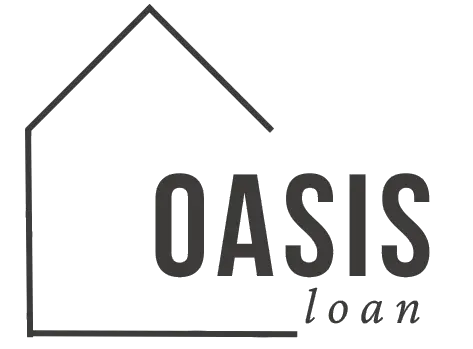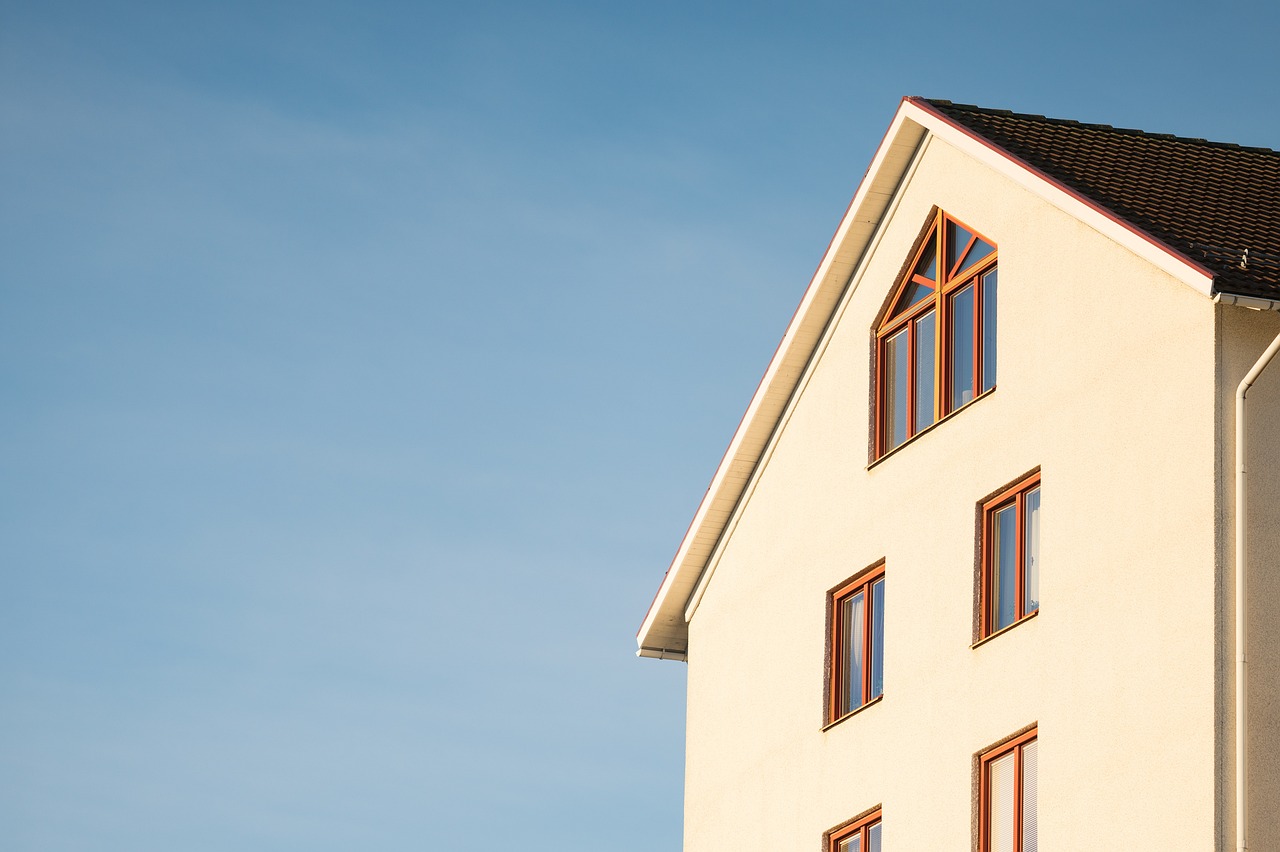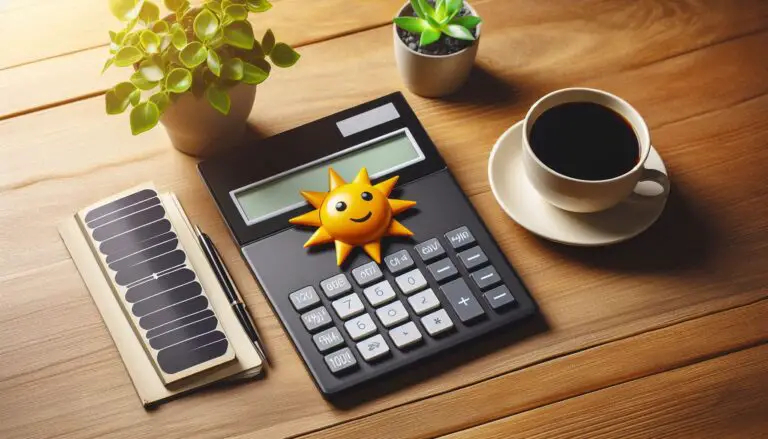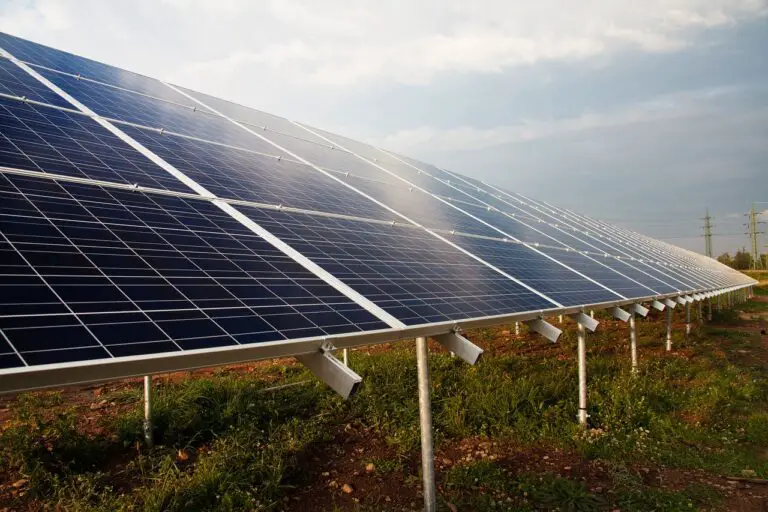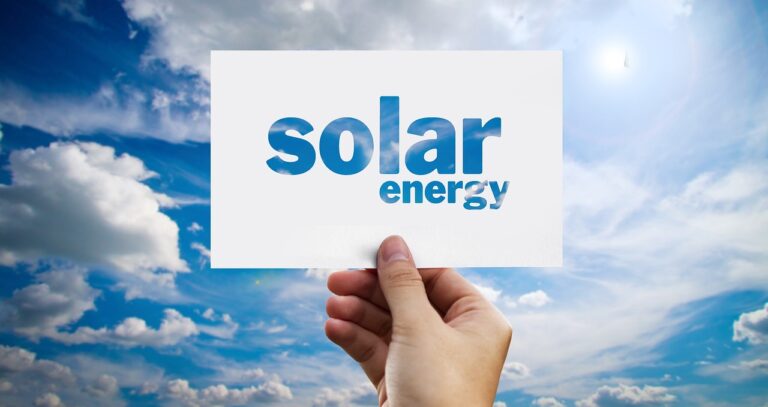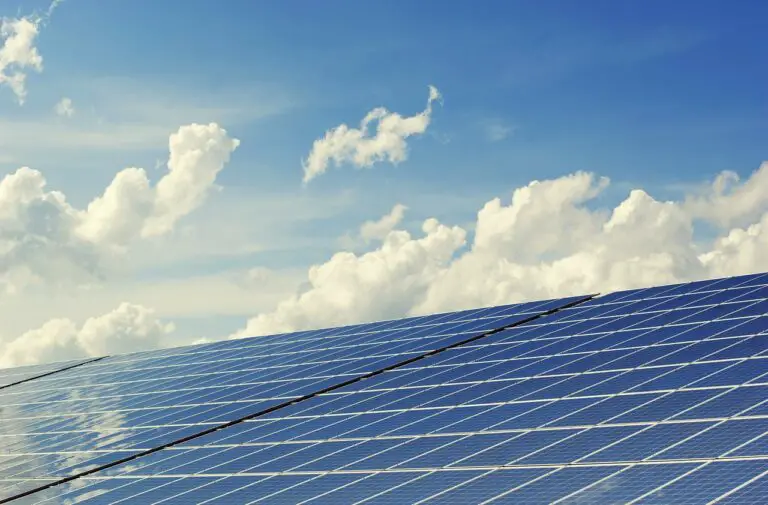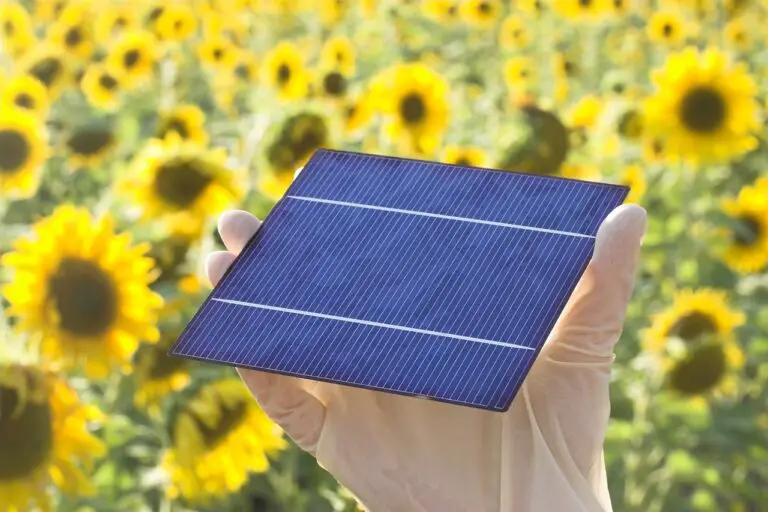Comparing Loan Terms: Short-term vs. Long-term for Green Improvements
When considering green home improvement loans, it’s crucial to weigh the benefits and drawbacks of short-term versus long-term financing options. This decision significantly impacts your financial health and the overall cost of your green upgrades. In this article, we will compare short-term and long-term loan terms, focusing on their implications for green improvements like solar panels and energy-efficient renovations.
Understanding Short-term Loans for Green Improvements
Short-term loans offer financing for a shorter period, typically ranging from 1 to 5 years. They come with distinct advantages and disadvantages, particularly when used for green home improvement projects.
Advantages of Short-term Loans
1. Lower Total Interest Costs
Short-term loans generally come with lower interest rates compared to their long-term counterparts. Consequently, you end up paying less interest over the life of the loan. This lower total interest can be particularly beneficial when financing energy-efficient upgrades like solar panels.
2. Faster Repayment
Repaying a short-term loan quickly means you can be debt-free sooner. This accelerated repayment can be appealing if you prefer to avoid long-term financial commitments. Furthermore, it allows you to allocate your resources toward other investments or savings.
3. Quick Access to Funds
Short-term loans often have a quicker approval process, providing fast access to funds. If you need immediate financing for urgent green improvements, such as repairing or upgrading solar panel systems, this can be a significant advantage.
Disadvantages of Short-term Loans
1. Higher Monthly Payments
Due to the shorter repayment period, the monthly payments for short-term loans are generally higher. This can strain your budget, especially if you’re managing other expenses or debt.
2. Potential for Higher Qualification Requirements
Lenders may impose stricter qualification criteria for short-term loans, making them less accessible for some borrowers. If your credit score or financial situation isn’t strong, you might find it challenging to secure favorable terms.
3. Limited Flexibility
Short-term loans offer less flexibility in terms of repayment schedules. You must adhere to a fixed payment plan, which can be less accommodating if your financial situation changes.
Examining Long-term Loans for Green Improvements
Long-term loans, in contrast, span a more extended period, typically ranging from 10 to 30 years. They offer different benefits and challenges when applied to green home improvement projects.
Advantages of Long-term Loans
1. Lower Monthly Payments
One of the most significant advantages of long-term loans is the lower monthly payment amounts. Spreading the loan over a more extended period reduces the burden on your monthly budget. This can be particularly beneficial for financing large green projects like comprehensive energy-efficient renovations.
2. Greater Affordability
With lower monthly payments, long-term loans make it easier to afford larger green home improvement projects. This affordability can make it possible to undertake extensive upgrades, such as installing new solar panels or adding energy-efficient insulation.
3. Flexibility in Repayment
Long-term loans often provide more flexibility in repayment terms. This can be advantageous if you prefer to adjust your payment schedule based on your financial circumstances.
Disadvantages of Long-term Loans
1. Higher Total Interest Costs
While the monthly payments are lower, the total interest paid over the life of the loan can be higher. This is due to the extended repayment period. As a result, you might end up paying more for your green home improvements in the long run.
2. Longer Debt Obligation
A long-term loan means a prolonged period of debt obligation. This extended commitment can affect your long-term financial planning and potentially limit your ability to take on other loans or investments.
3. Potential for Interest Rate Fluctuations
Depending on the type of loan, you might be subject to interest rate fluctuations over the term. If you opt for an adjustable-rate loan, changes in interest rates can impact your overall loan cost.
Comparing the Two Loan Types for Green Home Improvements
To make an informed decision, compare short-term and long-term loans based on your specific needs and financial situation.
Cost Comparison
| Loan Type | Interest Rate | Monthly Payment | Total Interest Cost |
|---|---|---|---|
| Short-term Loan | Lower | Higher | Lower |
| Long-term Loan | Higher | Lower | Higher |
This table illustrates the key cost differences between short-term and long-term loans. While short-term loans typically offer lower interest rates and costs overall, long-term loans provide lower monthly payments but at a higher total cost.
Financial Impact
Consider how each loan type fits into your financial plan. Short-term loans might be suitable if you can manage higher monthly payments and want to minimize total interest. Conversely, long-term loans are ideal if you prefer lower payments and can handle a longer repayment period.
Making the Right Choice for Green Home Improvement Loans
When deciding between short-term and long-term loans for green improvements, such as solar panels or other energy-efficient upgrades, evaluate your financial situation and project needs. Both loan types have their advantages and challenges.
1. Assess Your Budget
Determine your budget for monthly payments and total interest costs. If you can handle higher payments, a short-term loan might save you money in the long run. Conversely, if lower payments are crucial, a long-term loan may be more suitable.
2. Evaluate Your Project Scope
Consider the scope and cost of your green home improvements. Large projects may benefit from the affordability and flexibility of long-term loans, while smaller projects could be more manageable with a short-term loan.
3. Consult Financial Advisors
Consulting with financial advisors can provide valuable insights tailored to your specific situation. They can help you weigh the pros and cons of each loan type and assist in making the best decision for your green home improvement needs.
For further reading on green home improvement loans and their benefits, check out these resources:
- U.S. Department of Energy: Financing Energy-Efficient Improvements
- Federal Trade Commission: Loans for Solar Panels
- Consumer Financial Protection Bureau: Understanding Home Improvement Loans
Conclusion
Choosing between short-term and long-term loans for green improvements involves evaluating your financial situation, project scope, and personal preferences. Short-term loans offer quick access to funds and lower total interest costs but come with higher monthly payments. Long-term loans provide lower monthly payments and greater affordability but result in higher total interest costs. By understanding these differences, you can make an informed decision that aligns with your goals for green home improvements.
Loan Calculator
| Period | Payment | Interest | Balance |
|---|
<h6><strong>Calculator Disclaimer: The repayment amount shown using this calculator is an estimate, based on information you have provided. It is provided for illustrative purposes only and actual repayment amounts may vary. To find out actual repayment amounts, contact us. This calculation does not constitute a quote, loan approval, agreement or advice by My Finance. It does not take into account your personal or financial circumstances.</strong></h6>
